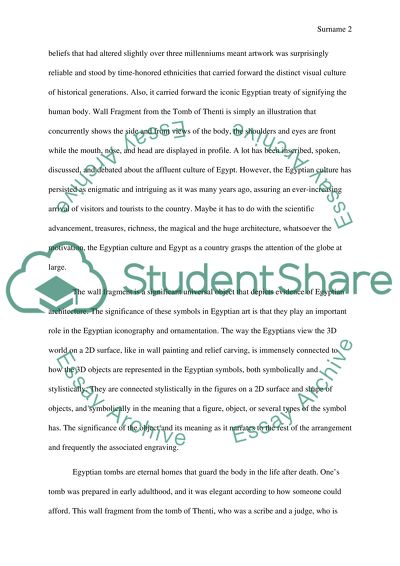Cite this document
(“The Wall Fragment from the Tomb of Thenti Essay”, n.d.)
The Wall Fragment from the Tomb of Thenti Essay. Retrieved from https://studentshare.org/architecture/1691834-architecture-history-essay
The Wall Fragment from the Tomb of Thenti Essay. Retrieved from https://studentshare.org/architecture/1691834-architecture-history-essay
(The Wall Fragment from the Tomb of Thenti Essay)
The Wall Fragment from the Tomb of Thenti Essay. https://studentshare.org/architecture/1691834-architecture-history-essay.
The Wall Fragment from the Tomb of Thenti Essay. https://studentshare.org/architecture/1691834-architecture-history-essay.
“The Wall Fragment from the Tomb of Thenti Essay”, n.d. https://studentshare.org/architecture/1691834-architecture-history-essay.


